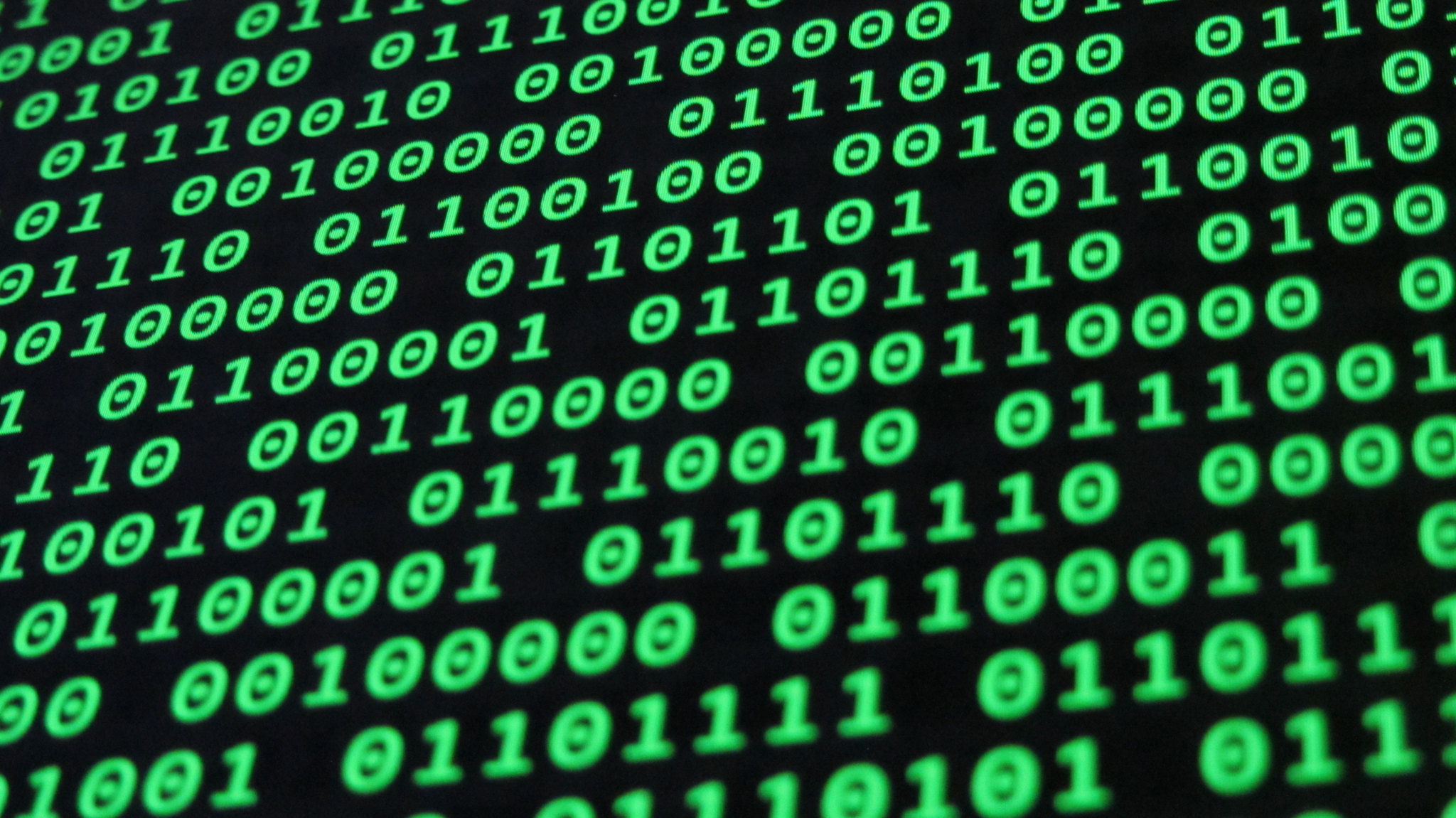The Typefaces of the Future, Only Yesterday
In recent years we’ve seen a vogue for the retrofuturistic express itself in various ways. The further we get out of the 20th century, “throwback” gets ever broader: don’t just dig up something neglected from the last decade or two. The whole past 100 years is up for grabs. In typography, what you might call the golden age of modernism has never gone out of style. Still, there’s been a resurgence in popularity of very retro-modern looks – starting with Futura.
This didn’t mean that anything that would have looked “Roaring 20’s themed party invitation” hokey suddenly became fresh-looking. And retrofuturism doesn’t just mean a trip back to the future as seen from 1927 (the year of Fritz Lang’s Metropolis). It could be taking a trip back to the future as seen from 1982, the year Blade Runner was released. (For an extensive guide to typography in that film, visit Typeset in the Future). In other words: there isn’t just one retrofuturism. Here’s a tour of a few of the retrofuturistic typefaces that caught my eye.
Futura

Let’s start by grounding the conversation in Futura: what it is, why it matters. Futura is what the future of type looked like in 1927 to German designer Paul Renner, loosely associated with the Bauhaus. It became one of the world’s most loved fonts – by filmmakers in particular (Stanley Kubrick loved it, Wes Anderson uses almost nothing else). And its clean lines, balanced proportions, and geometric appearance, doing away with any trace of typography’s handwritten origins, made it a mainstay of anyone looking to do “future” reliably well. NASA used it on a plaque left on the Moon. Companies like Volkswagen and HP used it. Futura became a classic of good modernism, and the basis for retro-modern / retrofuturistic fonts like many of the following.
Posterama

Posterama, by Chicago designer Jim Ford, is billed as ‘the typeface of the future, only yesterday.’ (See above sample and also at the top of this post.) A prime example of the early modern future vision made fresh and future-leaning today, it takes the basic clean geometric feel of Futura and plays with it: rounding sharp edges, adding Art Nouveau accents, reviving retro flourishes excavated from early 20th-Century typography, and even borrowing characters from Cyrillic.
Town


Like Posterama, Town, by Jason Vandenberg, also revisits early modern sans-serif styles. Town’s spin is also reimagining Art Deco, mixing tony retro-elegance with hard geometric lines. The typeface is really a huge family of styles – over 100 – to mix and match, with some that are more retrofuture than others. The popularity of this typeface – it’s red-hot on MyFonts – demonstrates that a fresh take on early-Modern typography is a one of biggest font trends right now, and goes beyond what we might classify as explicitly retrofuturistic designs.
Futuracha

Greek design studio Holy took Futura medium and extended it with wild ligatures and Art Nouveau flourishes to create Futuracha, an experimental typeface that took off in popularity with downloads around the world. At first available only as vector files, it’s now a professionally produced font which not only can be typed normally, but adjusts its accents dynamically as you type to match adjacent letters, creating novel and unpredictable effects. A truly new take on some vintage styles.
Core Deco

Core Deco is more of a fresh take on a truly vintage style than anything else – Art Deco very specifically. Core Deco consists of a family of 14 styles, some of which plainly evoke a top hat and monocle, others which spice it up with 21st-century revisionism. Sharp diagonals skew the otherwise vertical character of the typeface, which along with bold lines cutting through the letterforms give certain variants an identifiably future-warped flavor.
Mekanik

British designer David Quay created Mekanik as an “echo of the type styles developed by the Soviet Constructivists in the early 1920s” in 1988. It has a clean, boxy, aeronautical feel with a combination of round curves and square angles in the letters which struck me as original.
Manufraktur


Nathan Watkins Manufraktur is an interesting take on typographical retrofuturism, mixing up Gothic calligraphy with hard-but-curvy geometry. The effect does create something odd and fresh, that would feel at home dropped into a Blade Runner (or, Man in the High Castle) interface or glowing sign.
Blak

Blak is the far future according to the 16th century – typographically speaking. Designer Jan Weidemüller created his invention out of a combination of “neoclassical blackletter” with “geometric shapes and strict grids.” Like the above Manufraktur, it feels both ancient and future in – let’s face it – a vaguely fascist kind of way.
Razor


Razor is retrofuturism on two levels: it evokes both the 1920’s and the 1980’s, both Metropolis and Blade Runner, at once. Maybe it surfaces a retrofuturism already latent in the 80’s, itself hearkening back to the 20’s. Maybe every vision of the future is already retrofuturistic, in which case we might as well stop talking.
Alien Encounters


I stumbled across Alien Encounters on the same list I found Razor. Classic 80’s retrofuturism, it hearkens back to the age of VHS and cinema classics like Alien (which, I might as well point out, actually used much more restrained typography as detailed exhaustively on Typeset in the Future’s post on the film). Alien Encounters is used notably by the London vaporwave record label Dream Catalogue as pictured above.
More & sources:
There’s a few lists floating around out there for more of this kind of thing.
Retro-futuristic (1920s-1950s) Fontlist on Fontshop by Stephen Coles
More 80’s Retrofuturism in the 10 Best Free 80s Fonts







